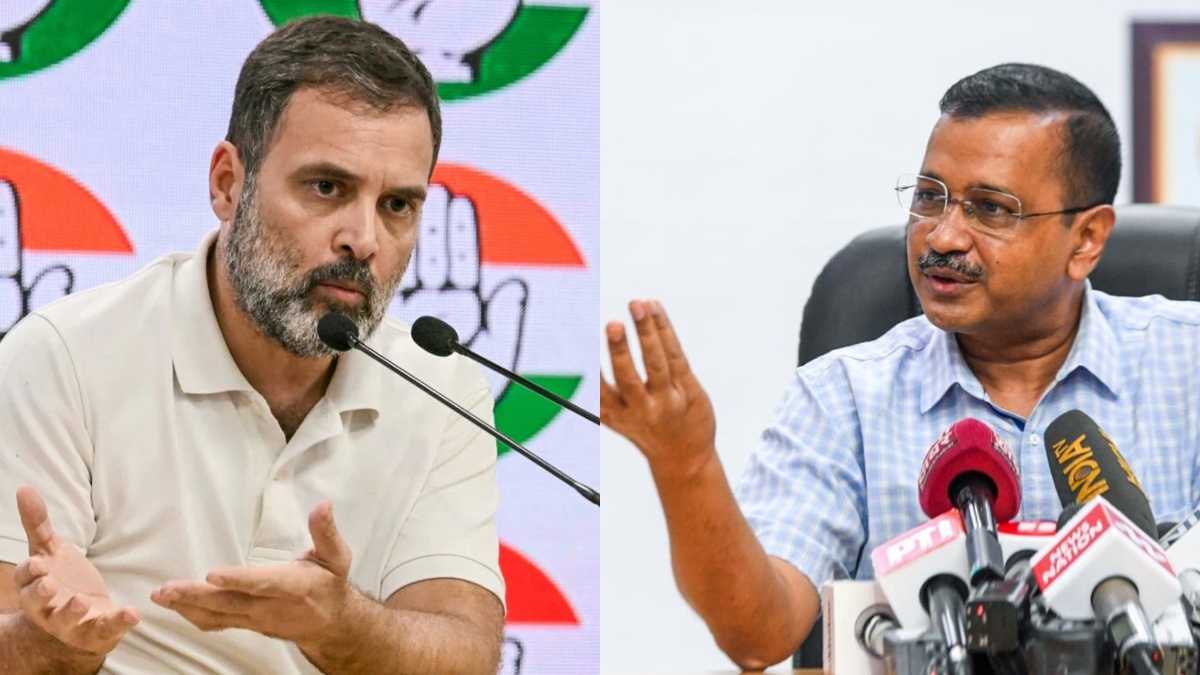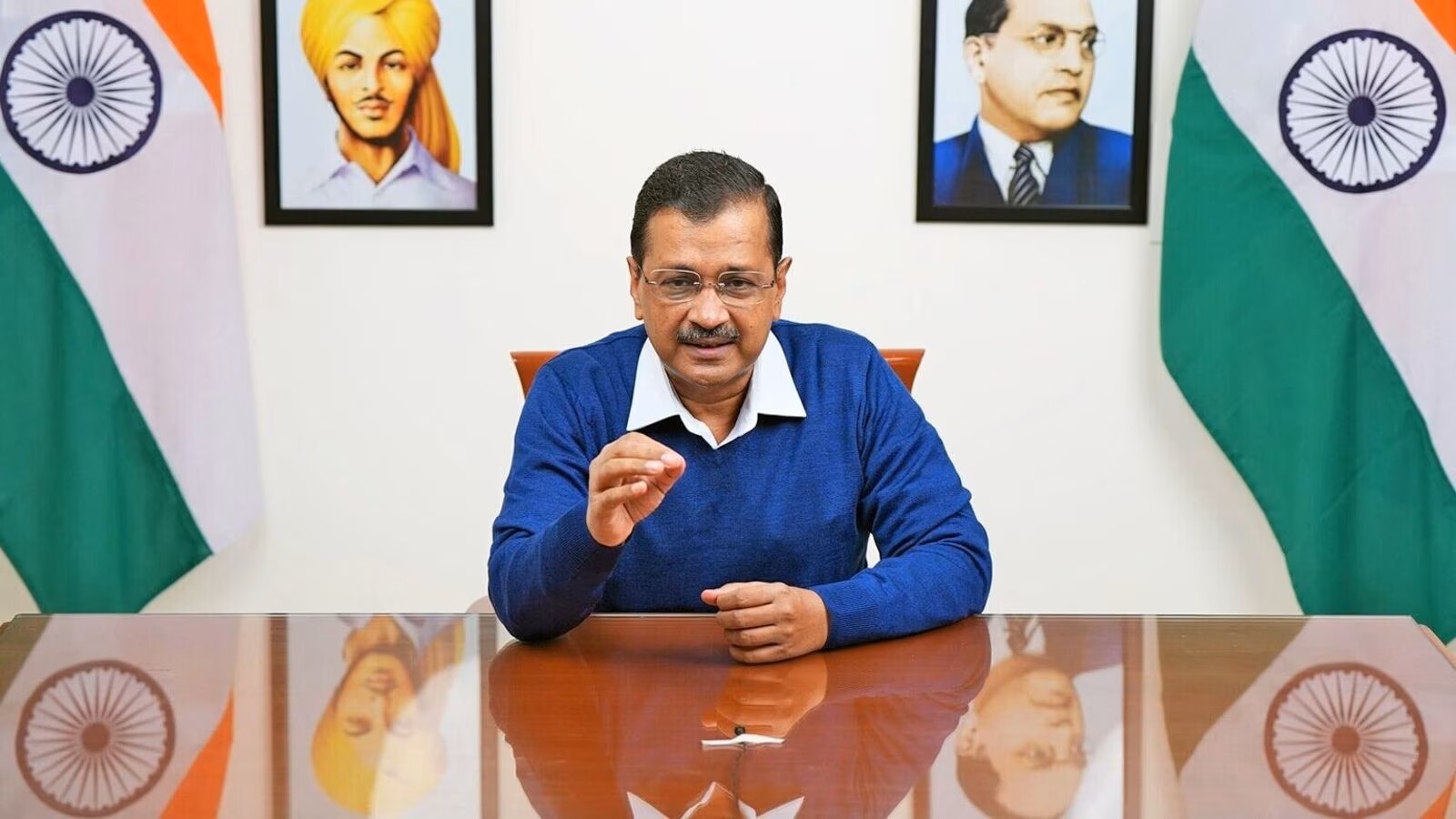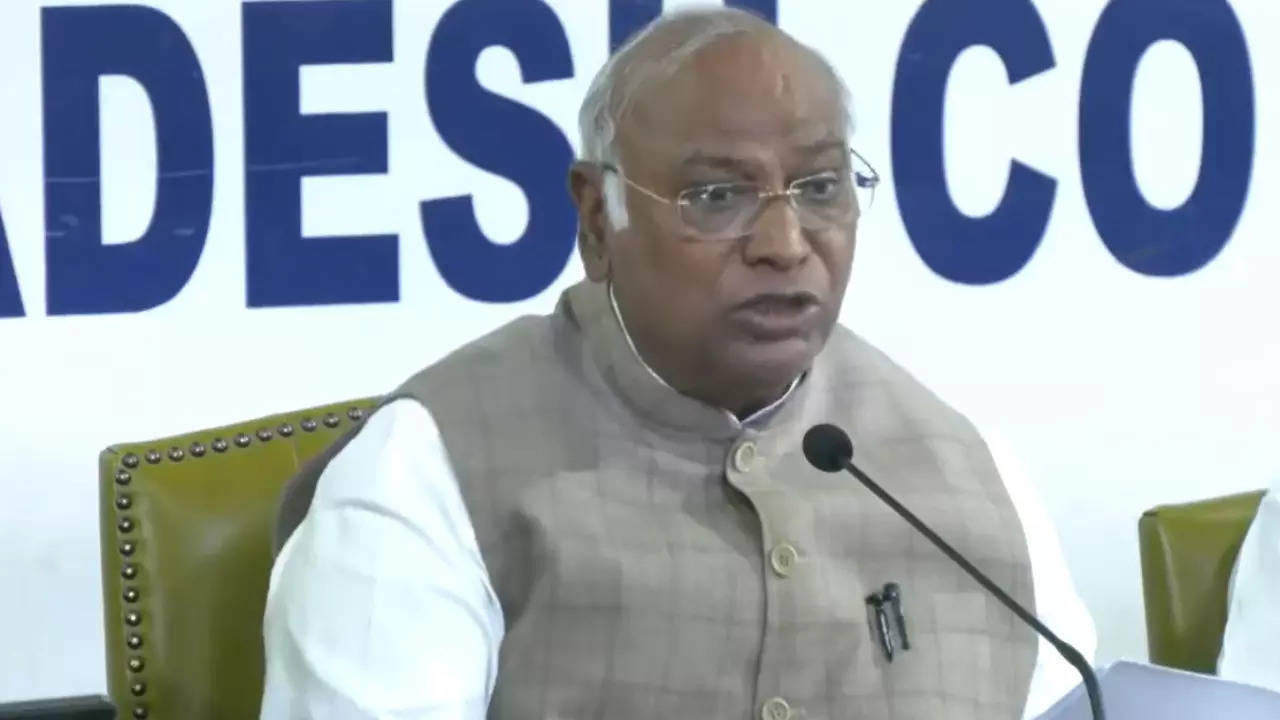The upcoming 2024 Lok Sabha elections in India cast a long shadow, and within it, the ongoing seat-sharing negotiations between the Aam Aadmi Party (AAP) and the Congress Party hold immense significance. This high-stakes tug-of-war transcends mere numbers; it’s a microcosm of the broader battle for political power and ideological influence, with the potential to shape the electoral landscape and rewrite the nation’s narrative.
 Arvind Kejriwal’s declaration to contest all Delhi seats solo sent shockwaves through the Opposition’s carefully constructed I.N.D.I.A bloc. This unexpected move, aimed at solidifying AAP’s regional ambitions, threw a wrench into the plan for a united front against the BJP. While boosting AAP’s local presence, it raises concerns about their commitment to a broader alliance, potentially splintering the Opposition vote and handing the BJP a strategic advantage.
Arvind Kejriwal’s declaration to contest all Delhi seats solo sent shockwaves through the Opposition’s carefully constructed I.N.D.I.A bloc. This unexpected move, aimed at solidifying AAP’s regional ambitions, threw a wrench into the plan for a united front against the BJP. While boosting AAP’s local presence, it raises concerns about their commitment to a broader alliance, potentially splintering the Opposition vote and handing the BJP a strategic advantage.
The negotiations extend far beyond the capital, encompassing crucial states like Haryana, Assam, and Gujarat. Each region presents its complex dynamics. In Haryana, where the Congress traditionally holds sway, AAP’s demands for a significant share could lead to prolonged discussions and threaten a crucial partnership. Assam, with its distinct political landscape, throws another curveball, demanding tailored strategies and delicate negotiations. The battleground of Gujarat, where both parties eye electoral gains, promises an intense fight for each seat, potentially shaping the national narrative and influencing state-level politics.
At the heart of the negotiations lies a delicate dance between individual aspirations and collective goals. Both parties harbour ambitions for expanding their national footprint. The Congress, eager to reclaim its lost ground, seeks strategic partnerships that maximize its presence. AAP, riding a wave of regional success, aims to translate its local popularity into national influence. Finding a formula that satisfies both parties hand-in-hand with achieving an effective anti-BJP front requires astute political manoeuvring and a willingness to compromise.
While backroom discussions hold immense weight, the public perception game adds another layer of complexity. Both parties need to carefully craft their media narratives, ensuring their actions are seen as driven by a genuine desire to serve the electorate rather than petty power grabs. Failure to do so could erode public trust and alienate potential voters, tilting the scales in the BJP’s favour.
The outcome of these talks will have a profound impact on the national elections. A united Opposition, presenting a coherent alternative to the BJP, could pose a serious challenge. However, a fractured alliance, marred by internal bickering and conflicting ambitions, could pave the way for the BJP’s continued dominance. The ripple effects will extend beyond individual parties, impacting regional dynamics, voter sentiment, and ultimately, the course of Indian democracy.




